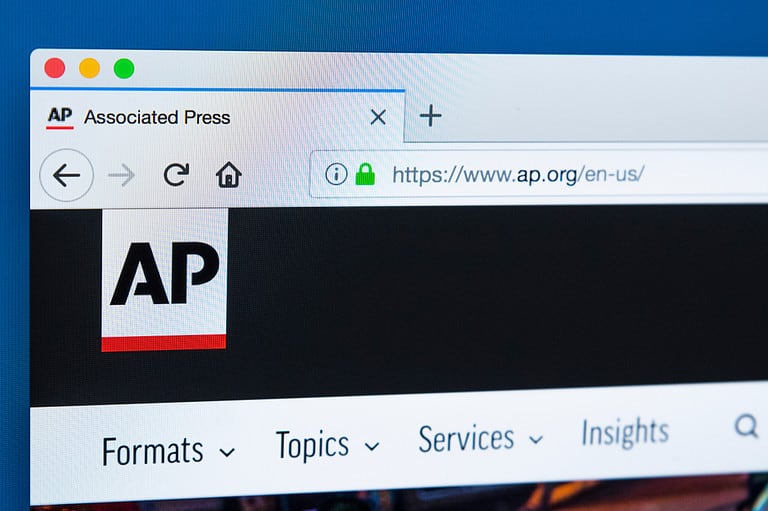OpenAI may start using the huge archives of the Associated Press, Axios reports. With the move, the tech company’s AI models can count on a wealth of information: the U.S. news organization has been around since the mid-19th century.
However, as far as the archive is concerned, the deal only covers a portion of the offerings. Still, it is easy to imagine that such a partnership could be expanded as desired. As far as AP is concerned, the partnership is still somewhat difficult to define. The organization will have access to OpenAI’s AI technology, but it’s unclear what it will do with it.
Varying effectiveness of generative AI
Generative AI is suitable for AP’s dealings in many ways. For example, it is quite conceivable that it can unleash a large language model like GPT-4 on a mountain of articles to summarize them, highlight main threads and provide other insights.
The reputation of generative AI is therefore highly variable. The innovation can process information and transform it into human language very quickly (provided the hardware is available). However, you shouldn’t expect a tremendous adherence to the facts, at least, not when it comes to a chatbot. The striking thing is that an application like ChatGPT itself can produce a lot of inaccuracies, but can also fish out errors from programming code, for example.
Now in harmony with the news industry?
Tech companies and news organizations have a complex relationship with each other. For example, Canadian news sites and the government there were at odds with Google. As for generative AI, numerous organizations are dissatisfied with the massive scrapping of the Internet for the use of training data for AI models. OpenAI, along with Google, is the alleged culprit here.
As a not-for-profit organization, the Associated Press may not be as assertive in this, but its partnership with OpenAI shows that a tech company can also work in harmony with a news site. Perhaps it offers a future vision of how it will handle its own sources.
